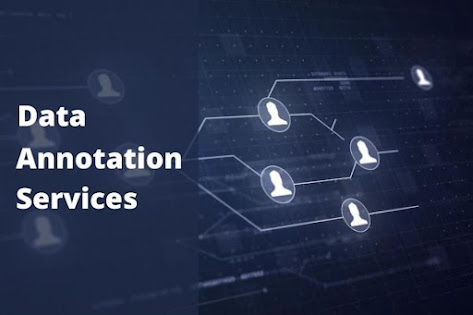Unlocking Accuracy: The Best OCR Training Datasets
Optical Character Recognition, or OCR, has transformed the way we digitize, process, and store textual information. Once a challenge for computer vision and machine learning, OCR has seen significant advancements in recent years. The secret sauce behind these improvements? Robust training datasets. Quality data is indispensable for training high-performing OCR models. In this article, we’ll dive into the best OCR training datasets available, exploring their strengths and the types of applications they’re best suited for.
Introduction
Before we dive into the datasets, it's essential to understand why data is so vital. Training data for OCR serves as the foundation on which algorithms learn to identify characters and text patterns. The diversity, volume, and accuracy of this data directly influence how effectively the resulting OCR system can decode diverse texts.
Tesseract and LSTM Training Data
One of the most renowned OCR engines, Tesseract, has been open-sourced by Google. It’s powered by LSTM (Long Short-Term Memory) networks, which require specialized training data. Google has made available the training datasets it used to train Tesseract, which are both comprehensive and diverse, including multiple languages and scripts.
Strengths
High volume of data, ensuring robust training.
Covers a wide range of languages and scripts.
Continuous updates and improvements.
Best for: General-purpose OCR tasks and projects that require multi-language support.
Synthetic OCR Datasets
Some datasets, rather than collecting real-world images, generate synthetic data, which can be beneficial for addressing specific challenges in OCR. These datasets might include computer-generated text with various fonts, colors, and distortions applied, mimicking real-world conditions.
Strengths
Can be tailored to create specific challenges (e.g., unusual fonts or backgrounds).
Virtually unlimited data can be generated.
Best for: Specialized applications where particular text challenges exist, and for augmenting other datasets.
IAM Handwriting Database
Handwritten text presents its own unique challenges for OCR, given the variability between individual writing styles. The IAM Handwriting Database is a widely-cited dataset for handwriting recognition. It includes scanned pages of handwritten English text, segmented into lines, words, and characters.
Strengths
Focused exclusively on handwritten text.
A diverse set of handwriting styles.
Annotations provided for different levels of granularity.
Best for: OCR applications targeting handwritten documents.
The RIMES Database
Originating in France, the RIMES database was initially designed for the evaluation of handwriting recognition systems. It contains both handwritten letters and faxes in French, making it a valuable resource for tasks that require understanding European handwriting styles.
Strengths
A diverse set of real-world handwritten documents.
Annotations provided for words and characters.
Best for: French handwriting recognition and understanding European handwriting nuances.
Born-Digital Images Dataset
This dataset focuses on text found in born-digital images, such as screenshots, computer-generated documents, or digital adverts. Such text differs significantly from scanned paper documents or natural scenes.
Strengths
Focus on high-quality digital text.
Variety of fonts, sizes, and colors.
Best for: OCR tasks that process digital-only content.
COCO-Text: Large Scale Text Detection and Recognition
The Common Objects in Context (COCO) dataset is known for object detection, but it also has a subset dedicated to text, COCO-Text. This dataset is geared towards detecting and recognizing text in natural scenes, like streets or shops.
Strengths
Large-scale dataset with over 63,000 images.
Rich annotations, including legibility.
Best for: OCR systems that work in natural environments, such as mobile apps identifying street signs.
Conclusion
Choosing the right OCR training dataset is critical to the success of an OCR project. The datasets we've explored offer a broad spectrum of text types, from the cleanest digital fonts to the most varied handwritten scrawls. By harnessing these resources and understanding their strengths, developers can ensure that their OCR system is both accurate and versatile. The future of OCR is not just about algorithms; it's about the data that fuels them.





Comments
Post a Comment